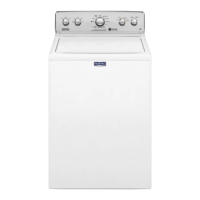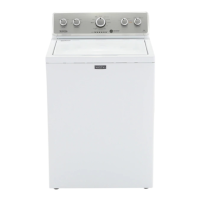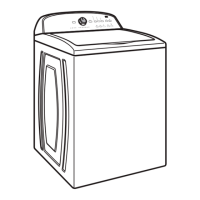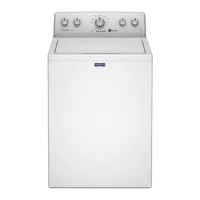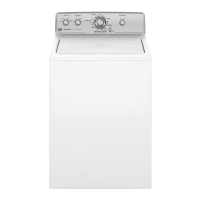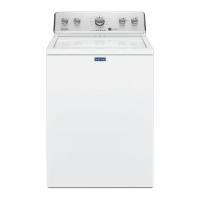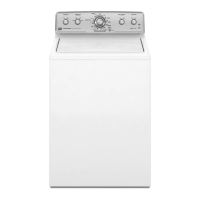W10871756A
W10878108A-SP
Designed to use only
HE High Efficiency detergents.
Conçue pour l’utilisation d’un
détergent haute efficacité seulement.
TOP-LOADING
HIGH EFFICIENCY
WASHER
USE AND CARE GUIDE
Table of Contents
WASHER SAFETY ...................................................................2
WHAT’S NEW UNDER THE LID? .........................................3
CONTROL PANEL AND FEATURES ....................................4
CYCLE GUIDE ...........................................................................6
USING YOUR WASHER ......................................................... 7
WASHER MAINTENANCE ...................................................10
TROUBLESHOOTING ...........................................................12
WARRANTY ............................................................................17
ASSISTANCE OR SERVICE ..........................BACK COVER
Table des matières
SÉCURITÉ DE LA LAVEUSE ...............................................18
QUOI DE NEUF SOUS LE COUVERCLE? .......................19
TABLEAU DE COMMANDE ET
CARACTÉRISTIQUES ...........................................................20
GUIDE DE PROGRAMMES .................................................22
UTILISATION DE LA LAVEUSE ..........................................23
ENTRETIEN DE LA LAVEUSE .............................................26
DÉPANNAGE ..........................................................................28
GARANTIE ...............................................................................34
ASSISTANCE OU SERVICE ......COUVERTURE ARRIÈRE
GUIDE D’UTILISATION
ET D’ENTRETIEN DE
LA LAVEUSE À FAIBLE
CONSOMMATION D’EAU
AVEC CHARGEMENT PAR
LE DESSUS
Para una versión de estas instrucciones en español, visite www.maytag.com
